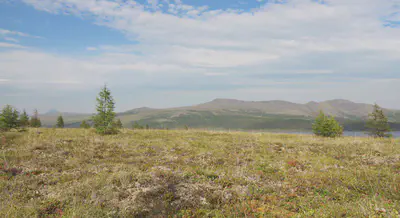Unique arctic tundra areas are squeezed by forest and economic expansion. “Which areas should be protected now to enable tundra biodiversity and related ecosystem services, including permafrost protection, to survive the future warming peak?” and “How can conservation planning help resolve potential land-use conflicts and management decisions?” will be answered by SQUEEZE. We will develop the interactive decision-support tool TundraProtect allowing for the systematic conservation planning of a sustainable and acceptable protected tundra area network at the circum-Arctic scale. TundraProtect will be informed by results from re-analyses, data-synthesis and modelling approaches implemented by the interdisciplinary SQUEEZE team integrating knowledge from stakeholders and Indigenous rights holders, which is a transdisciplinary component in SQUEEZE. Taking slow ecosystem responses to climate change into account when assessing conservation opportunities represents a new conceptual framework in conservation planning. Even more, for the first time, management of reindeer herbivory and fire will be systematically assessed for their potential to temporarily halt tundra loss. Our innovative science communication design will make use of our existing communication channels between science and stake/rights holders and will involve the development of an e-learning module for the WWF academy as well as teacher training.
Major objectives
Which areas should be protected now to enable tundra biodiversity and related ecosystem services, including permafrost protection, to survive the future warming peak?” and “How can conservation planning help resolve potential land-use conflicts and management decisions?” will be addressed by the SQUEEZE project.
